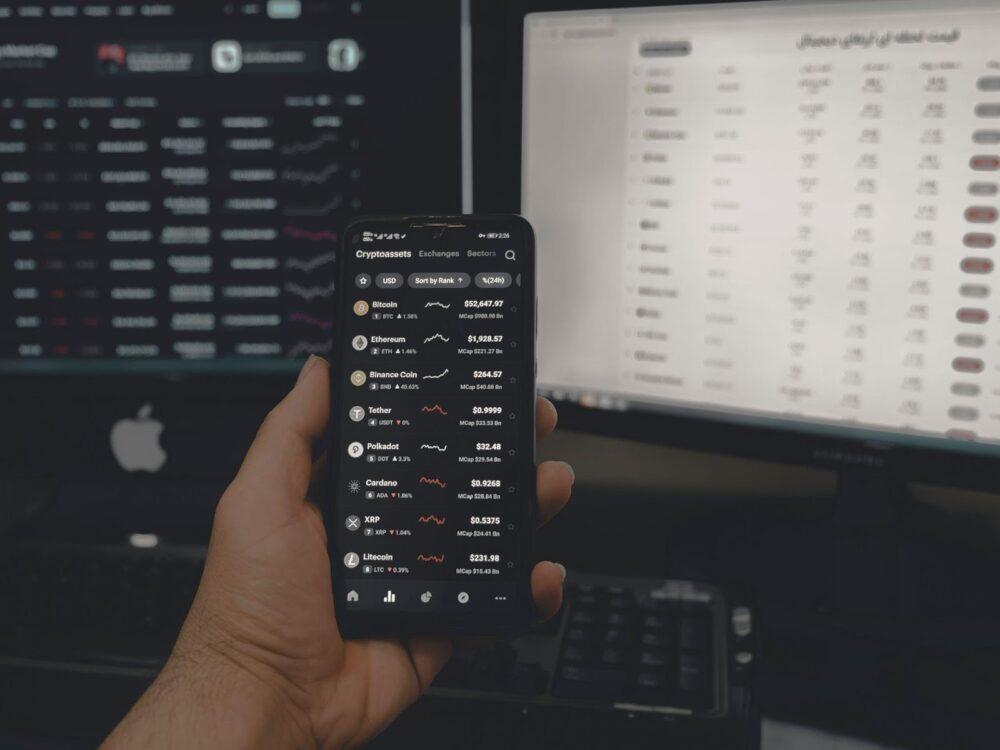Price Monitoring is one of the most effective tools for a business trying to stay ahead in a cut-throat competitive market. Nowadays, in the modern world of the internet, we can easily compare pricing, reviews, and specifications of a specific product on various popular platforms, and this is precisely where Price Monitoring comes into significance.
To ensure competitiveness in pricing, enterprises scrape pricing information from their competitor’s platform, enabling them to make informed decisions and optimize their pricing accordingly with the current market situation.
In this article, I’ll walk you through the fundamentals of price scraping and monitoring, as well as their real-life utilization in helping businesses establish a strong foothold in the market.
What is Price Scraping?
Price Scraping is the process of automating the extraction of pricing data from e-commerce websites, marketplaces, and other relevant sources using web scraping tools.
A proper pricing strategy is necessary when millions of e-commerce retailers are already in the market. It is not a one-time deal; you have to constantly monitor your competitors since pricing can change at any time depending on the online traffic.
Many businesses scrape data from Amazon and Walmart in large quantities to gain competitive leverage in the market, as they know it is necessary to gain access to their competitors’ data to gain market insights and potential consumer and pricing trends.
This particular technique is beneficial for small e-commerce companies and retailers. Let’s say a customer wants to buy a wireless keyboard from Amazon. The customer will scroll through every retailer until they find the cheapest pricing. This can lead to a lack of booking for small e-commerce platforms, which is why they scrape pricing data to remain competitive in the market.
What is Price Monitoring and its purpose?
Price Monitoring is the technique of regularly monitoring the prices of the products and services offered by the competitors. This information is crucial when dealing with E-Commerce or Hotel and Travel Booking companies where pricing changes rapidly depending on public demand.
Price Monitoring v/s Price Scraping
Price Monitoring and Price Scraping are the words that are often used interchangeably, even when there is a stark difference between them.
Purpose – The purpose of price monitoring is to analyze and stay up-to-date with competitor’s pricing strategies. On the other hand, price scraping is used to extract pricing data from websites.
Method – Price Monitoring can be done using manual or automated processes, while Price Scraping is completely automated.
Uses of Price Monitoring
Price Monitoring helps businesses in various ways, such as pricing intelligence, competitor monitoring, brand monitoring, etc. Let’s take a deep dive into this and learn about these uses of Price Monitoring:
Brand Monitoring
Price monitoring also helps businesses constantly look for your brand’s products on other platforms. If your brand’s products are available on other popular websites, it becomes necessary to pay attention to the product pages displaying your products. It allows you to ensure that these websites don’t violate the pricing policy and that your pricing strategy is up-to-date with the current market situation.
E-commerce Monitoring
The e-commerce industry is facing fierce competition. Businesses are changing pricing regularly to increase their revenue. Having insights into the pricing trends will allow you to design your pricing strategy to increase conversion rates and maximize profits. However, this can only be possible if the pricing strategy of the rival players in the market is kept in check and monitored regularly.
Pricing Strategy
An excellent conversion rate will allow you to outperform rivals in the market. However, achieving this feat can be possible until a strict data-driven pricing strategy is followed to make your products appear more competitive in the market.
Sentimental Analysis
Most businesses don’t even consider the customer perspective while changing their pricing. Scraping pricing data will allow you to better understand your customers at which time they will buy a particular product and at which pricing. The effective execution of this strategy will surely get you one step ahead, not only in terms of revenue but also in the strategic competition between you and your competitors.
Final Words
Price Monitoring will provide you with several benefits in the long term. Customer satisfaction also plays a pivotal role in boosting the conversion rate of your business, increasing the business revenue.
I hope this article has provided a clear understanding of the fundamentals of Price Monitoring and its potential to reshape business outcomes.



